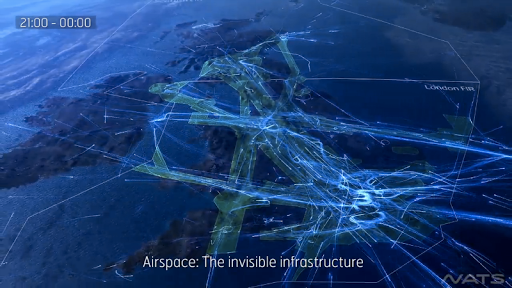I have come to the conclusion the the FAA really doesn’t like aviation and is working on good ways to cripple it, mainly by making it even more expensive than it is today. With rising fuel prices, maintenance prices, equipment prices, and instruction prices, we really don’t need the FAA “helping” in this way.
Their latest idea is to introduce a rule that pilots with over 40% “body mass index” would be subject to mandatory Sleep Apnea testing. This testing is not cheap! This would impact approximately 5,000 pilots. If this is successful, it’s entirely likely that the scope would be expanded to include more pilots.
It’s all in the name of safety! Or is it? According to Aviation Week, The agency also cites National Transportation Safety Board data that shows 34 accidents, including 32 fatal accidents, involved pilots who had sleep apnea. However, sleep apnea was not listed as the cause of those accidents.
Interesting logic the FAA is using. I’d be willing to wager that most (if not all) of the pilots cited above also had 5 fingers on their left hand. It seems logical then that the FAA could reasonably propose “preventative surgery” to have one of those fingers removed, thus making the skies safer for all. I’d also be willing to bet that a large percentage of those pilots drank coffee the very same day that they had their fatal accident. Perhaps the FAA could ban coffee for pilots (no, wait, that would actually SAVE money, they wouldn’t do that).
So I just have to wonder… what problem are we solving here? To randomly pick a medical condition which has not been proven to be a contributing factor to any fatal accidents seems irresponsible and foolish at best. Why does the FAA want to burden pilots with yet another hefty expense just so that they can continue to utilize their hard-earned pilot’s license? Perhaps my initial conclusion is correct: the FAA really doesn’t like aviation and would like it to go away.
Not only is the FAA proceeding with this questionable program, they are side-stepping rulemaking channels and are classing this as a “process enhancement” which does not require any of the formal rigor that new rulemaking requires (such as evaluating the rule for sanity, asking for comments from industry professionals and pilots themselves, etc). Why are they doing this? What do they have to gain?








